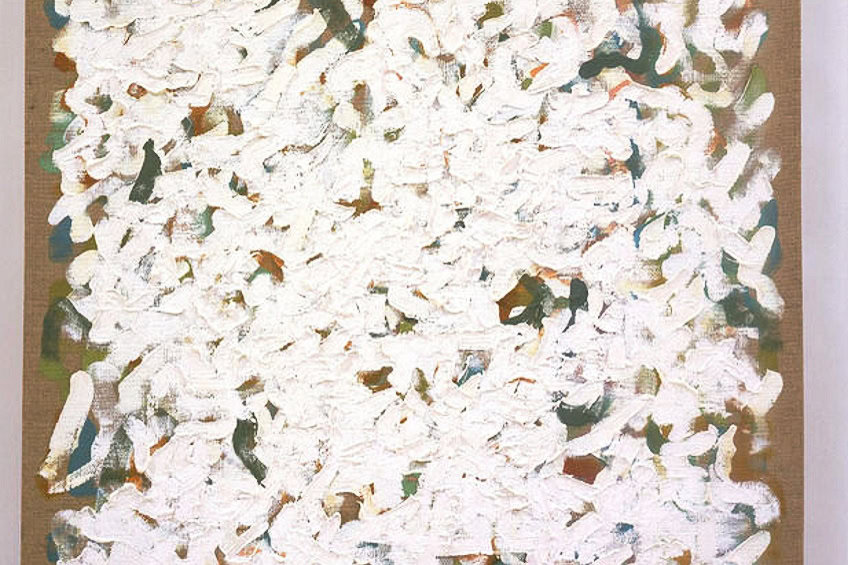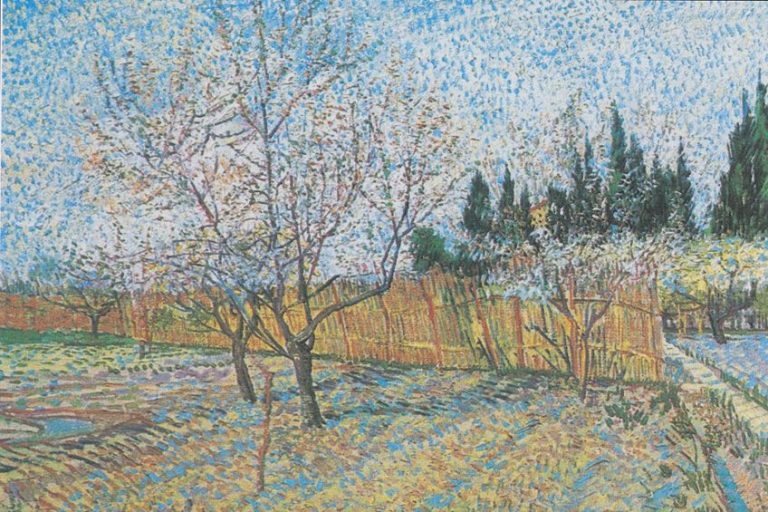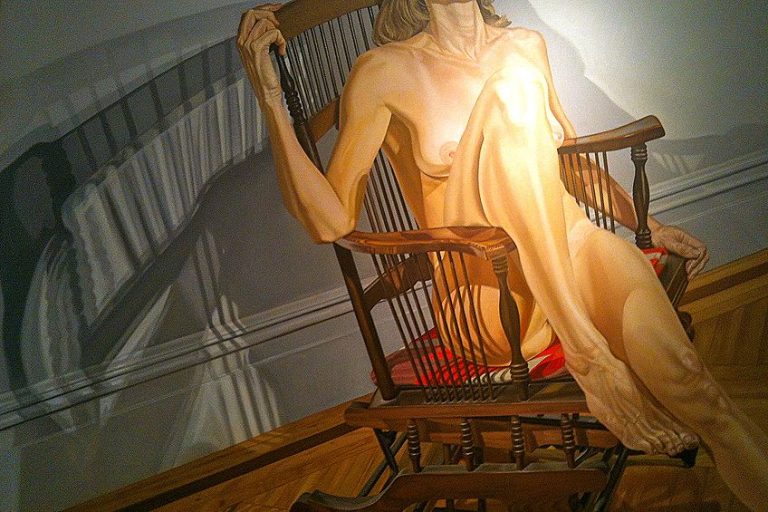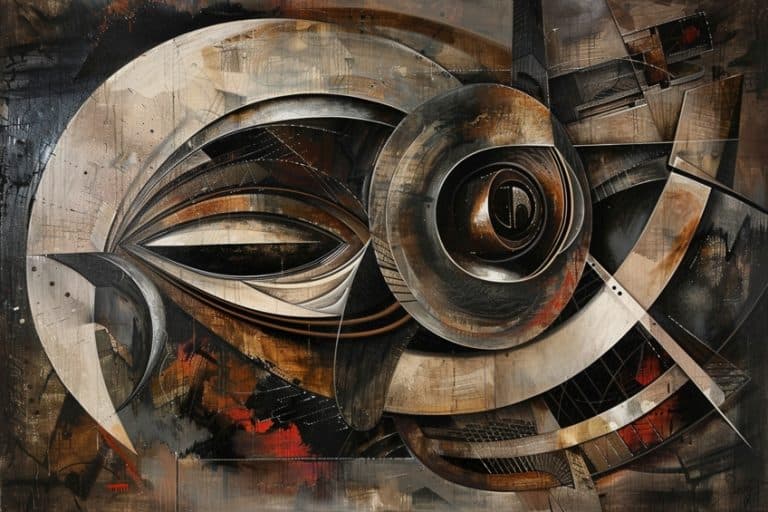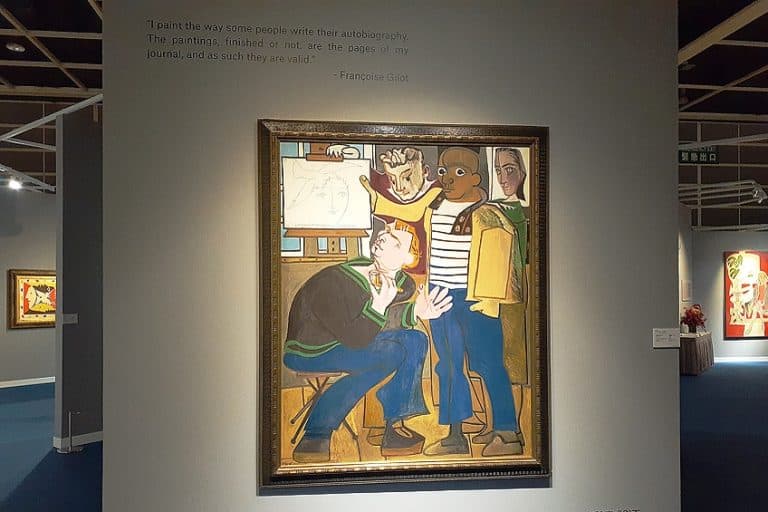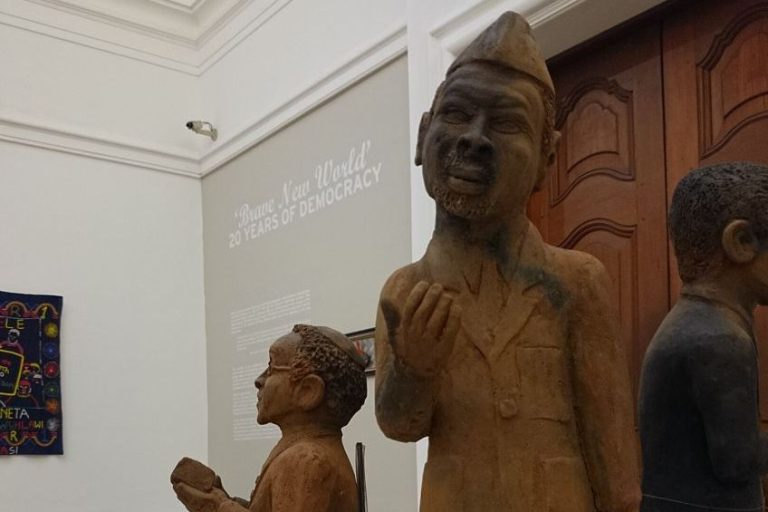Robert Ryman – The Monochrome Maestro
Robert Ryman, a pivotal figure in minimalist and abstract art, was renowned for his exploration of the fundamental elements of painting, particularly the interplay of light, color, texture, and surface. Born in 1930 in Nashville, Tennessee, Ryman’s work is characterized by a rigorous investigation into the essence of painting itself, often utilizing a limited palette and a range of materials to create subtle variations in tone and form. His distinctive approach challenged traditional notions of composition and representation, inviting viewers to engage deeply with the physicality and presence of each artwork. Ryman’s oeuvre continues to captivate and inspire, leaving an indelible mark on the trajectory of contemporary art.
Key Takeaways
- Robert Ryman specialized in monochrome painting, primarily using white, to delve into the essence of the art form.
- His artistic approach was rooted in minimalism and contributed to ongoing conversations in conceptual art.
- Ryman’s work continues to influence contemporary art, inviting reflection on the interplay of medium, texture, and form.
Early Life and Career
| Birth | May 30, 1930 |
| Death | February 8, 2019 |
| Place of Birth | Nashville, Tennessee, United States |
| Genre of Work | Minimalism, Abstract art, and Conceptual art |
Robert Ryman was an influential American painter renowned for his contributions to minimalism and conceptual art. Beyond the traditional scope of painting, his work signified a rigorous exploration of the fundamentals of painting itself, focusing predominantly on the color white. Throughout his career, Ryman caught the attention of the art world with his abstract, white-on-white paintings, a testament to his unique artistic vision and meticulous attention to detail.
Ryman’s art, characterized by its nuanced surfaces and varying textures, compels the viewer to consider the interplay of light and shadow as well as the physicality of the paint and support. His innovative approach was not a reduction to simplicity, but rather a complex examination of painting’s very essence.
Living and working in New York City, Ryman’s career was marked by a deep commitment to the expansive possibilities within a seemingly limited palette.
Background
Robert Ryman was born on May 30, 1930, in Nashville, Tennessee. This Southern city was his first home, shaping his initial encounters with culture and the arts.
Influences
Early on, music played a pivotal role in Ryman’s creative development. His focus was particularly drawn to jazz, and he found great inspiration in the nuanced rhythms and improvisational elements of the genre. Notably, jazz pianist and composer Lennie Tristano was a significant influence during Ryman’s formative years.
Education
Ryman’s education extended beyond the conventional classroom. Though he briefly attended the Tennessee Polytechnic Institute, he soon transferred to the George Peabody College for Teachers, where he continued his studies. His formal education was complemented by his personal investment in music, refining his skills as a jazz saxophonist.
Mature Career
Upon moving to New York City in 1952, Ryman’s career took a decisive turn. While originally aspiring to be a musician, he took a job as a guard at the Museum of Modern Art, an experience that surrounded him with groundbreaking artworks and introduced him to the world of visual arts.
This period marked a critical pivot as he began to focus on his practice as a painter.
Late Period and Death
Ryman’s influence in the art world extended well into his later years, with his works being continually recognized for their contribution to minimalism and conceptual art. After a long and distinguished career, Ryman passed away on February 8, 2019, in New York City, leaving behind a legacy characterized by his innovative use of white and exploration of space.
Artistic Development
Robert Ryman’s artistic journey is marked by his evolution from jazz musician to an influential painter whose minimalist and conceptual approach redefined the boundaries of modern art. His work is characterized by a commitment to monochrome and minimalism, with a focus on white as his signature hue.
Abstract Expressionism
Initially inspired by the dynamism of Abstract Expressionism, Ryman’s early work was influenced by key figures within the movement, such as Mark Rothko. This period was characterized by Ryman’s exploration of the emotional and expressive qualities of paint, which set the stage for his later, more restrained approach.
Minimalist Approach
Transitioning to a Minimalist philosophy, Ryman honed in on the essentials of artistic form. He was influenced by contemporaries like Sol Lewitt and Dan Flavin, embracing the movement’s tendency to strip art down to its fundamental features.
Ryman’s minimalist expression manifested in paintings that emphasized the materiality of the medium and its interaction with the surrounding space.
White-on-White Paintings
Perhaps most notable are Ryman’s iconic White-on-White paintings, a testament to his monochrome painting practice. These works eliminate color, focusing instead on texture, shade, and the play of light. Through these pieces, Ryman investigated the perception of white and form, creating a dialogue with the space in which the artwork exists. His white paintings are well-regarded and have been featured in prestigious venues such as the Museum of Modern Art in New York City.
Ryman’s artistic development cannot be recounted without mention of critic Lucy Lippard, who helped define the conceptual framework within which his work was often discussed. His relentless pursuit of reduction and form places him as a central figure in the minimalist canon and a key contributor to the conceptual understanding of contemporary art.
Technique and Media
Robert Ryman’s approach to art was distinguished by his meticulous focus on the physical properties of painting, emphasizing materiality while often restricting his color palette.
Materials and Surfaces
Ryman often chose unconventional materials and surfaces, ranging from canvas to paper, metal sheets like aluminum and steel, to Plexiglas. He expanded the traditional boundaries of painting, regarding the wall itself as an integral part of his work.
His pieces frequently explored the interaction between the artwork and the space it occupied, using various surfaces to affect the final appearance of his paintings.
Color and Texture
His palette was predominantly white, using shades and variations to explore opacity and real light. Moreover, Ryman utilized different paints, including acrylic, casein, enamel, and Enamelac, creating varied textures. Despite the limited color spectrum, his work exhibits a complex interplay of shade and light that demands close inspection.
Process and Boundaries
Ryman’s application process was as important as the resulting artwork. His precise method involved layering and adding linseed oil or experimenting with the viscosity of acrylic. He often left the edges of his materials – whether canvas, paper, or metal – exposed, blurring the line between the artwork and its environment. Additionally, Ryman’s work with aquatints reflects a sense of fluidity and movement that defies the static nature of his chosen medium. His process informed the boundaries of his paintings, which he meticulously considered as part of the composition.

Legacy and Influence
Robert Ryman’s enduring legacy in the art world is anchored by his influence on Minimalist painting and his exploration of monochromatic abstraction. His work resonates in exhibitions and the approach of contemporary artists, as well as through his family’s artistic pursuits.
Exhibitions and Collections
Ryman’s works are prominently displayed in esteemed institutions around the world. Key examples include the Guggenheim Museum, which houses his monochromatic pieces that challenge the boundaries of Minimalist expression.
His contributions to Abstract art are not confined by traditional forms, extending his reach into the realms of major public and private collections, ensuring his innovations remain accessible to a wide audience.
Impact on Contemporary Art
Robert Ryman’s Minimalist approach has significantly impacted contemporary art. He steered away from the Abstract Expressionist movements led by figures like Jackson Pollock, instead opting for a stripped-down, fundamental expression of painting. His concentration on the variability of white paint and brushwork encouraged artists to consider the essence of painting, influencing both peers and emerging talents to explore the monochromatic and abstract in new lights.
Family and Personal Influence
Ryman’s influence extends to his family, with his sons—Will Ryman, Cordy Ryman, and Ethan Ryman—all becoming notable artists in their own right. Their works, while unique, resonate with Ryman’s exploratory spirit and dedication to the craft. Merrill Wagner, his wife, is an accomplished artist as well, and his relationship with art critic Barbaralee Diamonstein highlighted his connections with key figures of his era.
His personal life reflects his commitment not just to his own practice, but also as a proponent and influencer in a broader creative environment.
Legacy of Robert Ryman Today
Robert Ryman’s influence on the art world remains profound and palpable. He is widely recognized for his pioneering minimalist paintings, primarily his nuanced approach to the color white. Ryman’s work is characterized by a focus on the fundamentals of painting—surface, material, and light. Exhibitions and collections that feature his work include:
- His pieces are a staple in major art institutions, with notable retrospectives at MoMA and inclusion in prestigious galleries worldwide.
- The Tate Gallery in London and the Reina Sofia in Madrid have celebrated Ryman’s contributions through exhibitions.
Ryman’s minimalist approach inspires contemporary artists who explore monochromatic themes and the essence of painting.
His method of layering white paint and manipulating texture has been emulated and serves as a conceptual reference. Though his work is sometimes underrepresented in popular media, the academic sphere positions Ryman as a seminal figure in minimalist art. Critics and scholars continue to analyze his approach, leading to evolving interpretations of his artistic legacy.

Ryman’s artworks command high prices at auctions, reflecting their significance and the esteem held by collectors. His limited but intense exploration of white as a medium has bolstered the value associated with his paintings. By maintaining a clear vision and rigorous practice, Ryman’s work continues to resonate, challenging viewers and artists alike to consider the possibilities within the constraints of minimalism.
Robert Ryman’s legacy as an artist of profound insight and innovation endures as a testament to the enduring power of simplicity and nuance in the realm of contemporary art. His relentless exploration of the essence of painting, coupled with his mastery of materials and form, has left an indelible mark on the art world, inspiring generations of artists to push the boundaries of what is possible within the medium. Ryman’s work serves as a timeless reminder of the transformative potential of art, inviting us to reconsider our perceptions and engage more deeply with the fundamental elements that define our visual experience.
Frequently Asked Questions
What Distinguishes Robert Ryman’s Approach to White in His Paintings?
Robert Ryman is recognized for his exclusive use of white, exploring its nuances across different lighting conditions and textures. His paintings are not purely white; instead, they display a range of whites that reflect his interest in perception and the materiality of paint.
Which Galleries Have Featured Robert Ryman’s Exhibitions Prominently?
Prominent institutions like the Museum of Modern Art (MoMA) have held comprehensive retrospectives of Ryman’s work. These exhibitions trace the evolution of his art, emphasizing its impact and contribution to minimalism and conceptual art.
What Materials and Techniques Are Signature to Robert Ryman’s Painting Style?
Ryman’s painting style is characterized by the use of varied materials, including fiberglass, aluminum, and cardboard, as substrates for his paintings. He employs different techniques to apply paint, sometimes leaving brushstrokes visible, to create textures that affect the paint’s interaction with light.
Isabella studied at the University of Cape Town in South Africa and graduated with a Bachelor of Arts majoring in English Literature & Language and Psychology. Throughout her undergraduate years, she took Art History as an additional subject and absolutely loved it. Building on from her art history knowledge that began in high school, art has always been a particular area of fascination for her. From learning about artworks previously unknown to her, or sharpening her existing understanding of specific works, the ability to continue learning within this interesting sphere excites her greatly.
Her focal points of interest in art history encompass profiling specific artists and art movements, as it is these areas where she is able to really dig deep into the rich narrative of the art world. Additionally, she particularly enjoys exploring the different artistic styles of the 20th century, as well as the important impact that female artists have had on the development of art history.
Learn more about Isabella Meyer and the Art in Context Team.
Cite this Article
Isabella, Meyer, “Robert Ryman – The Monochrome Maestro.” Art in Context. May 6, 2024. URL: https://artincontext.org/robert-ryman/
Meyer, I. (2024, 6 May). Robert Ryman – The Monochrome Maestro. Art in Context. https://artincontext.org/robert-ryman/
Meyer, Isabella. “Robert Ryman – The Monochrome Maestro.” Art in Context, May 6, 2024. https://artincontext.org/robert-ryman/.


